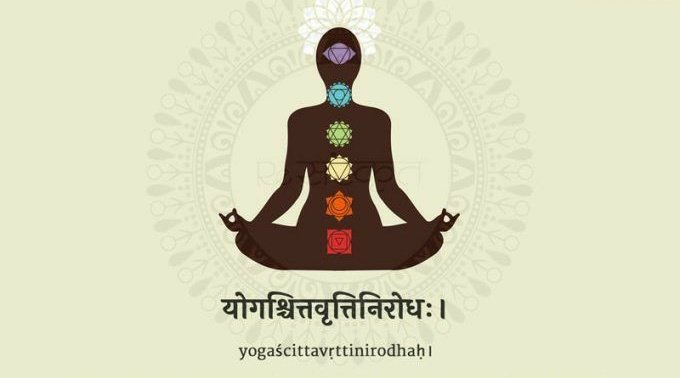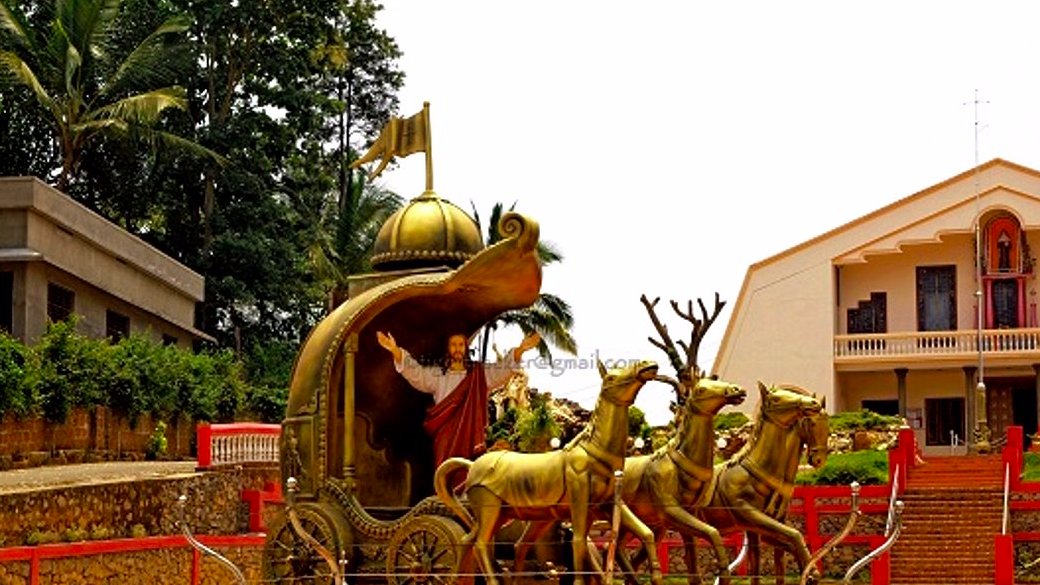
۞ Đ Prajña~प्रज्ञ Series ۞
Prajña (Sanskrit: प्रज्ञ) as प्रज्ञा, प्राज्ञ and प्राज्ञा is used to refer to the highest and purest form of Wisdom, Intelligence and Understanding.
#TheAncientIndianWisdom
#ĐSanatanसत्य
#Thread
Prajña (Sanskrit: प्रज्ञ) as प्रज्ञा, प्राज्ञ and प्राज्ञा is used to refer to the highest and purest form of Wisdom, Intelligence and Understanding.
#TheAncientIndianWisdom
#ĐSanatanसत्य
#Thread

॥ योगश्चित्तवृत्तिनिरोधः ॥
On studying the first sutra of Yoga darshan ‘Atha Yogaanushasnam’ one wants to know ‘What is Yoga?’To understand Yoga in entirety one must know what is mind, vritti and nirudh. The original and the actual meaning of Yoga cannot be understood without
On studying the first sutra of Yoga darshan ‘Atha Yogaanushasnam’ one wants to know ‘What is Yoga?’To understand Yoga in entirety one must know what is mind, vritti and nirudh. The original and the actual meaning of Yoga cannot be understood without

understanding this.
Let us first know what is mind- in simple words mind refers to the land where our thoughts are born, formed and remain firm as sacraments. This mind land is of five types.
1. Kshipt- restless state
2. Vikshipt- distracted state
3. Mudha-confused state
Let us first know what is mind- in simple words mind refers to the land where our thoughts are born, formed and remain firm as sacraments. This mind land is of five types.
1. Kshipt- restless state
2. Vikshipt- distracted state
3. Mudha-confused state

4. Ekagra-one-pointed state
5. Niruddh- restrained state
It is important to note here that Yoga is possible only in one mindedness and restrained state of mind.
Now let us understand fluctuations of mind.
Vritti is used as plural instead of singular because fluctuation is not
5. Niruddh- restrained state
It is important to note here that Yoga is possible only in one mindedness and restrained state of mind.
Now let us understand fluctuations of mind.
Vritti is used as plural instead of singular because fluctuation is not

one but many. Since Maharshi Patanjali has talked about fluctuations in the following sutras, so at this point it is enough to realize that waves of ideas growing inside us or the activities of mind are fluctuations which are divided into five categories.
Now comes the last and
Now comes the last and

important part which is nirudh. Without proper understanding of nirudh (restriction) Yoga cannot be understood.
The literal meaning of nirudh given by many is ‘to stop’.
‘Yoga is stopping the fluctuations of mind’. If you are short of efforts to completely stop the fluctuations
The literal meaning of nirudh given by many is ‘to stop’.
‘Yoga is stopping the fluctuations of mind’. If you are short of efforts to completely stop the fluctuations

of mind then Yoga has not happened.And the definition will remain incomplete. Yoga happens in a situation where mind stops fluctuating on its own. Here it is important to understand that Yoga happens only when the fluctuations stop completely, but that cannot happen without 

putting in efforts. It is difficult to understand. Unless you practically enter Yoga subject and until your efforts become normal then gradually it brings mind to a condition where it stops fluctuating on its own. Then without realizing efforts, free from arrogance and sense of 

duty the practitioner of Yoga reaches the stage of controlling mind. This stage is called Yoga by Maharshi Patanjali.
॥ सहस्र शिरसं श्वेतं प्रणमामि पतञ्जलिम् ॥
॥ सहस्र शिरसं श्वेतं प्रणमामि पतञ्जलिम् ॥

@RituRathaur @ikkmurugan @Mishti_in @shallakaul @BeenaPP1 @IshaSattva @geetaraavi @armykafan @kachnarr @apparrnnaa @ushanirmala @lokagatha @bangadvedant @aneelgs @pburavalli @mysql_sync @deshmata @VamseeJuluri @HinduMediaWiki @vishalshahani11
"unroll" @threadreaderapp
• • •
Missing some Tweet in this thread? You can try to
force a refresh
















